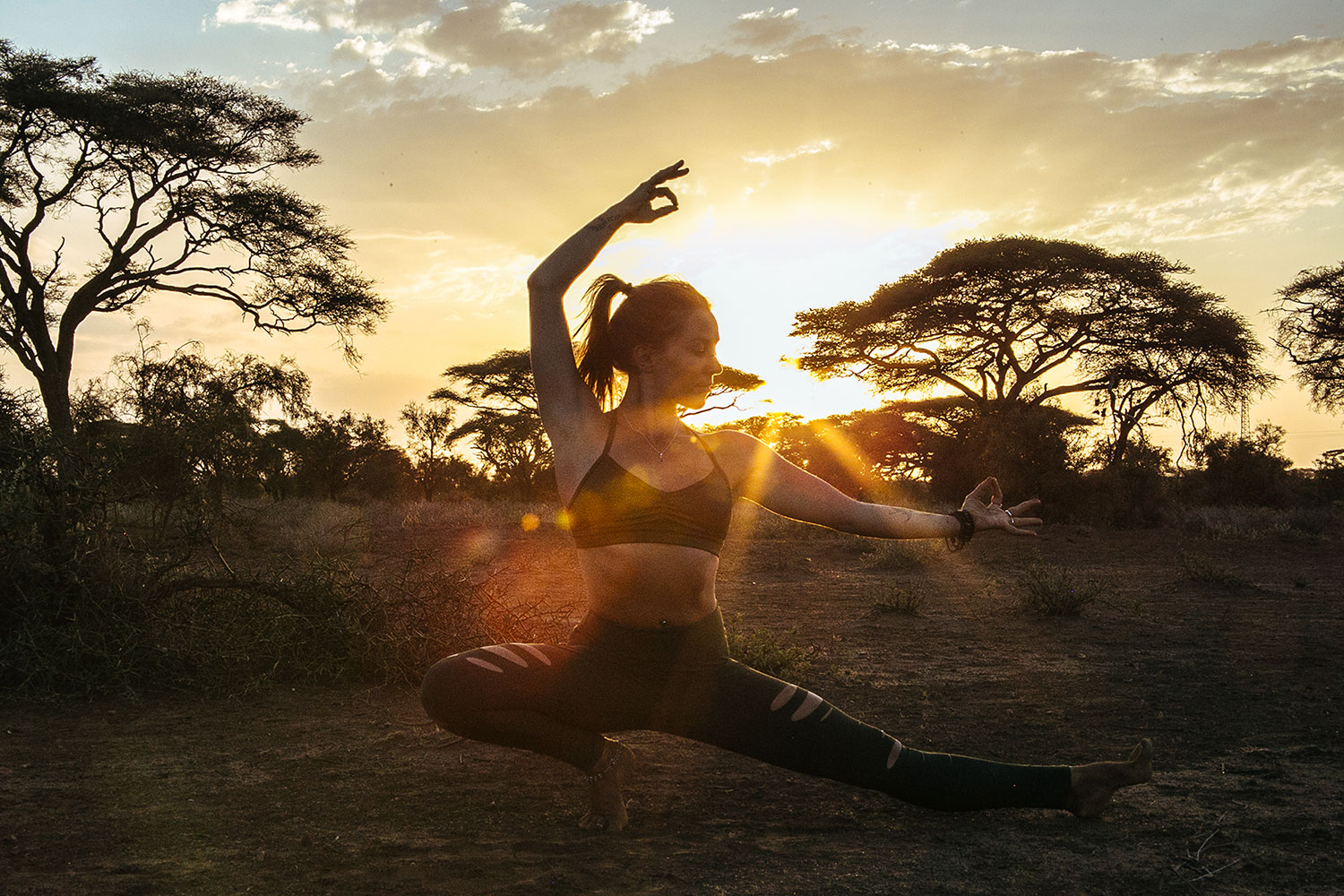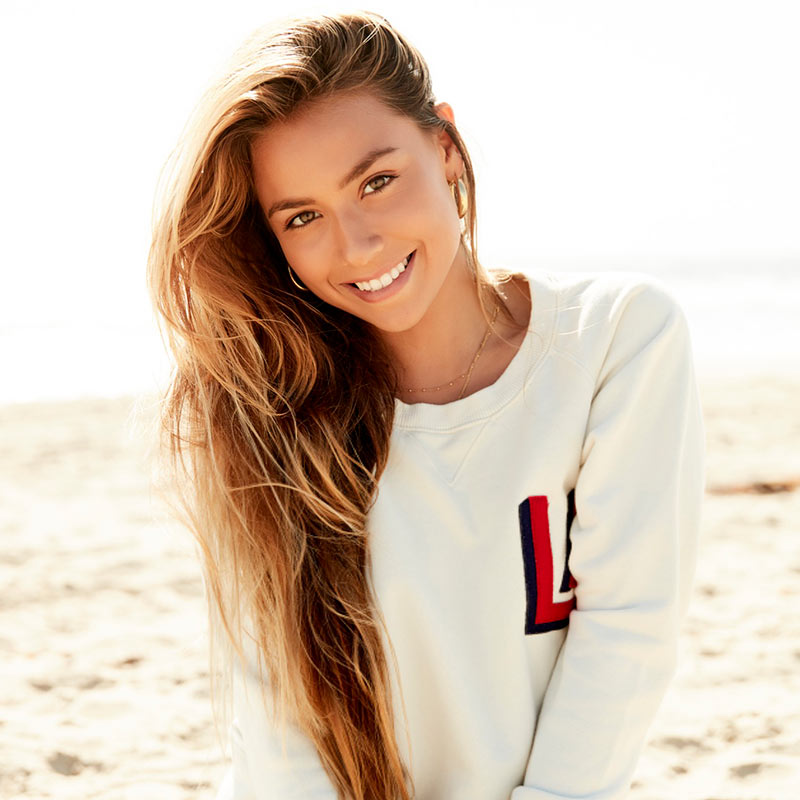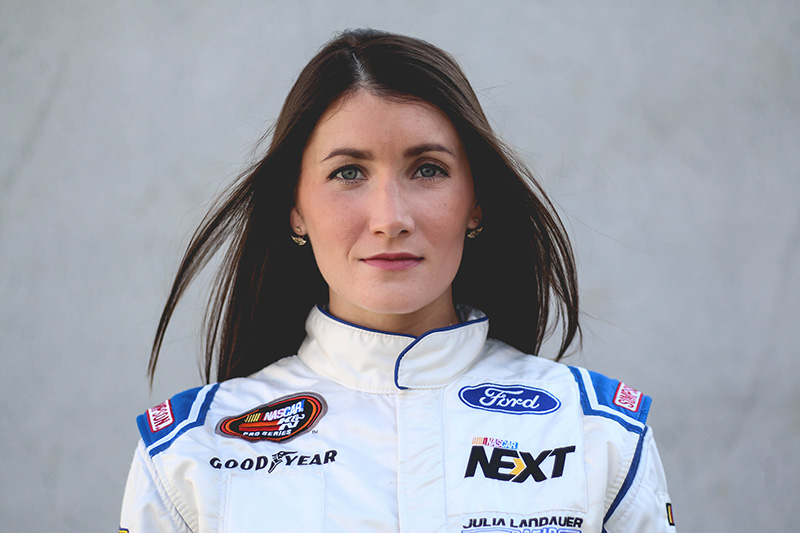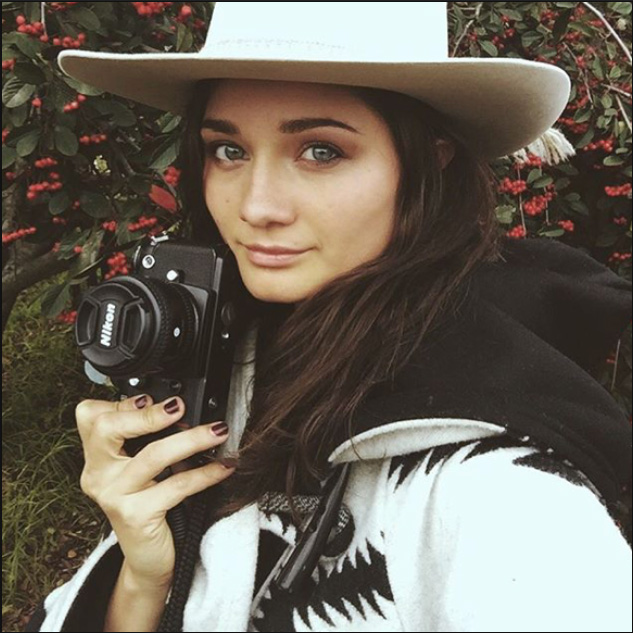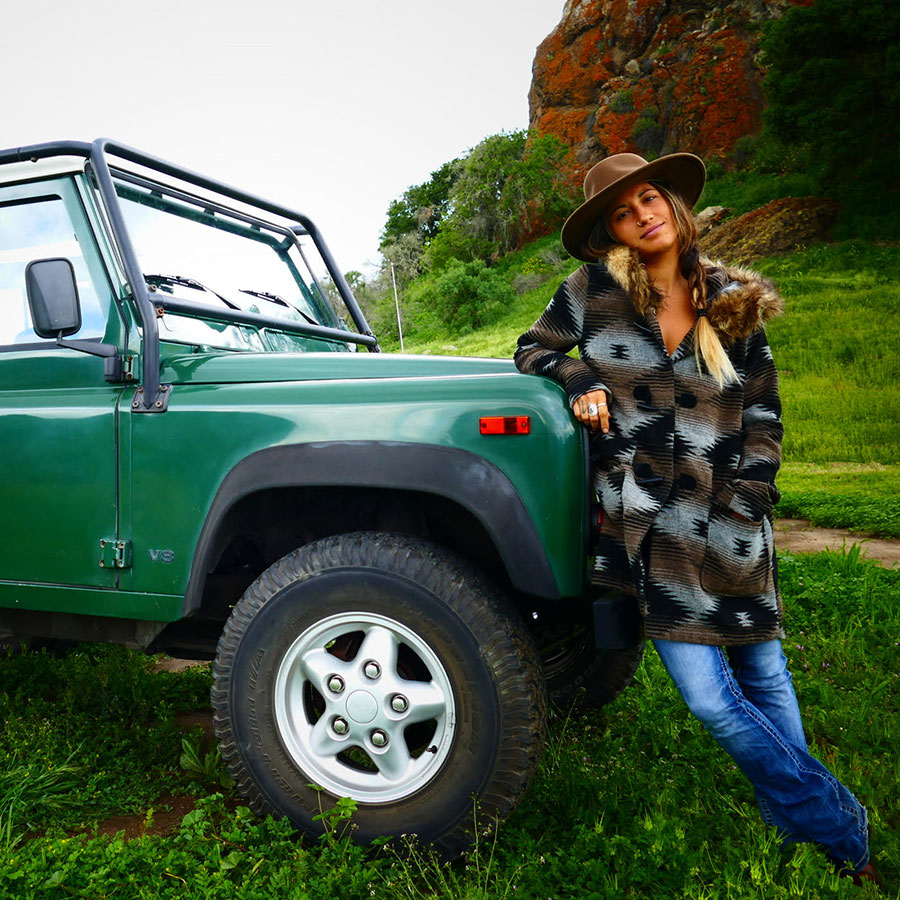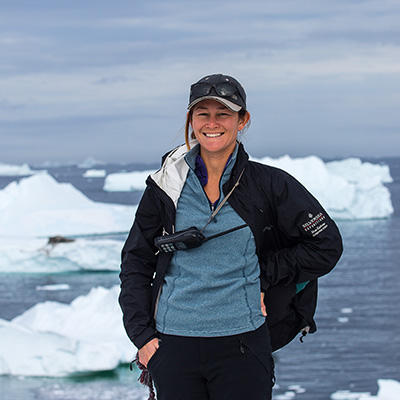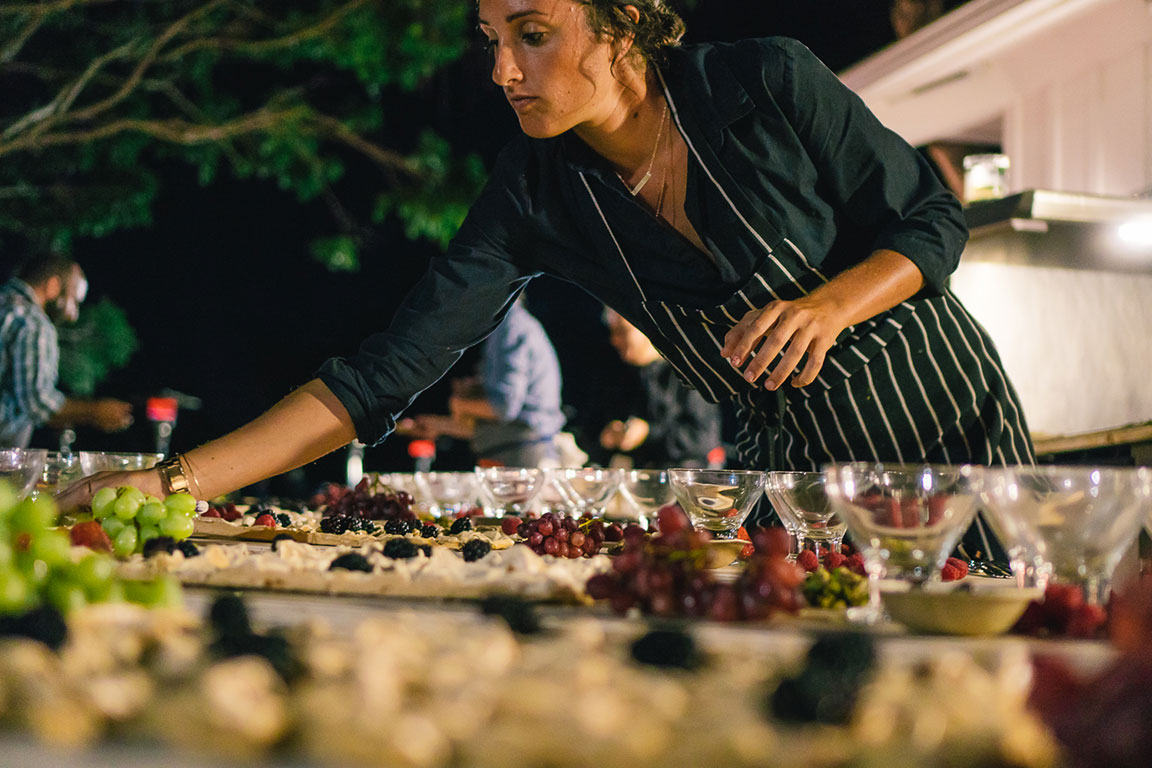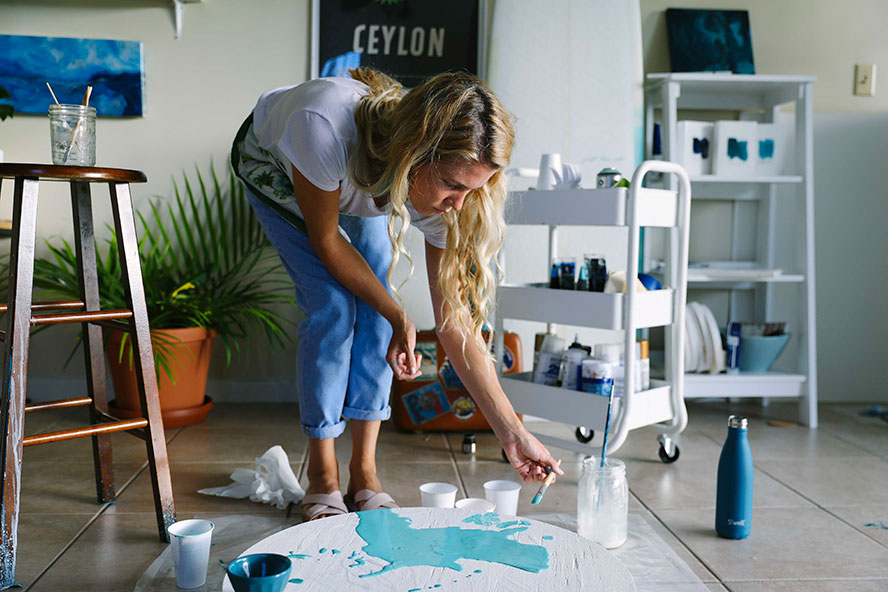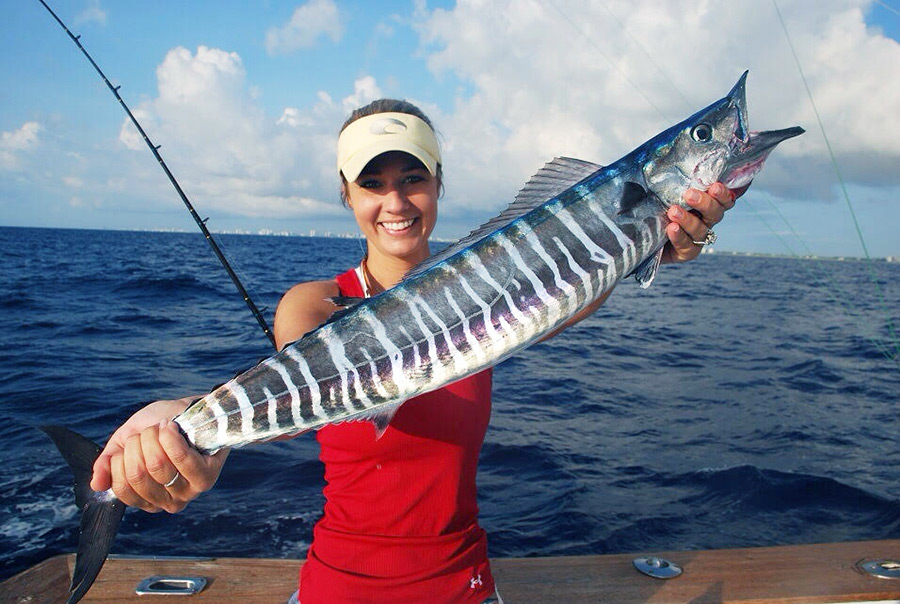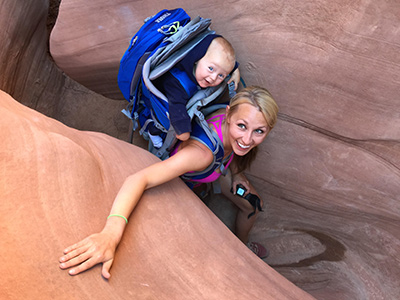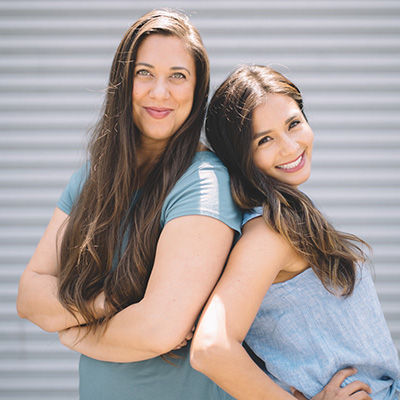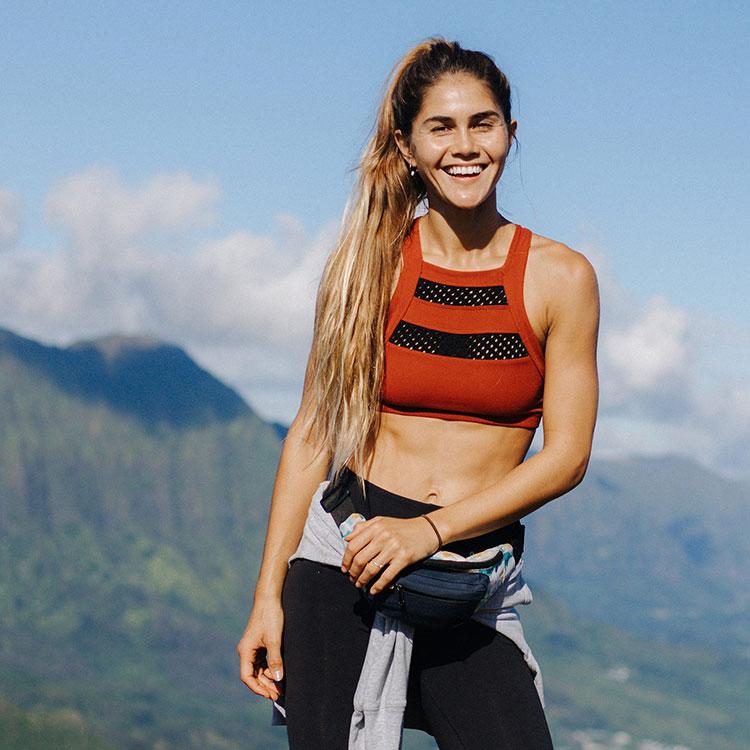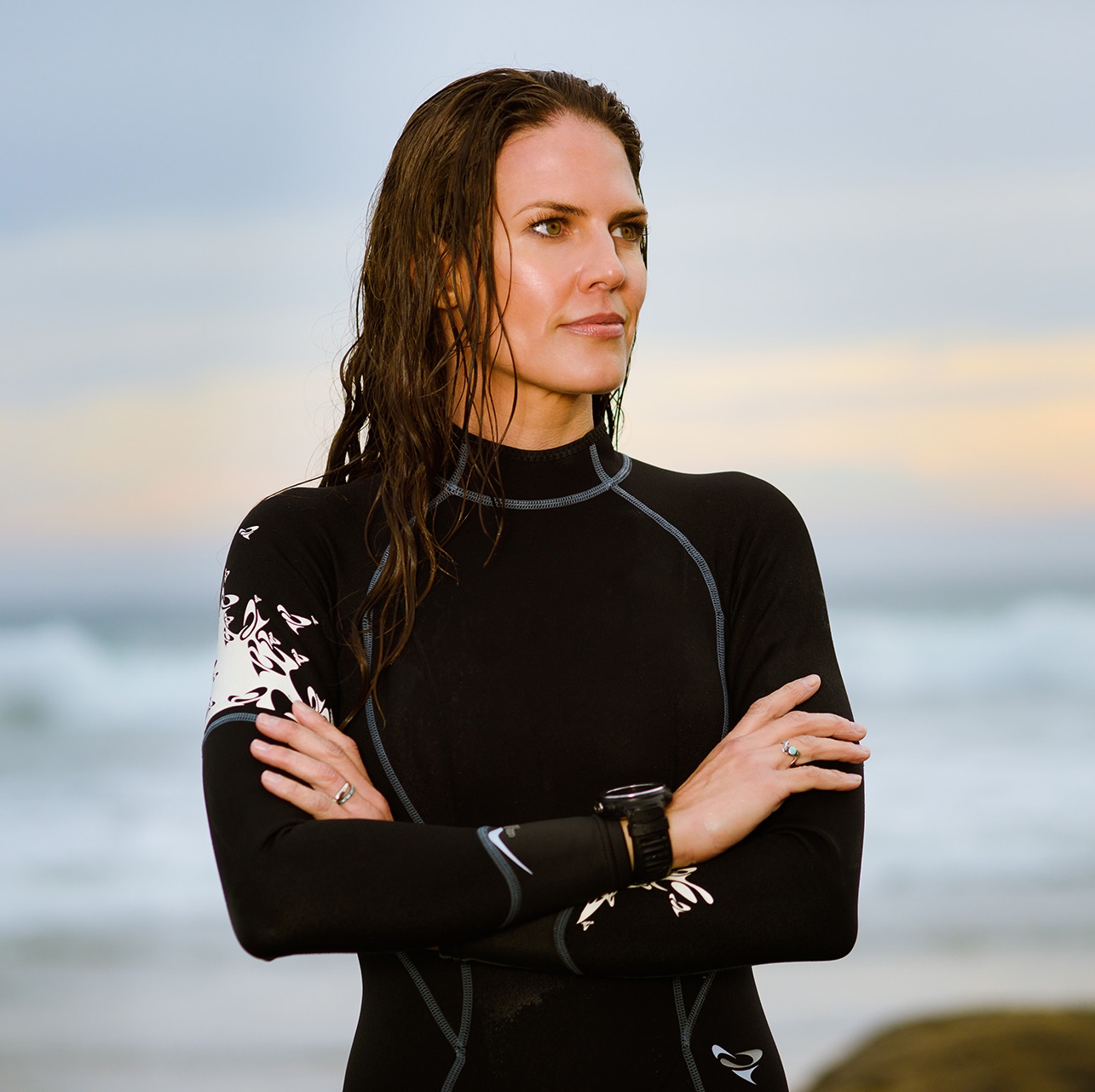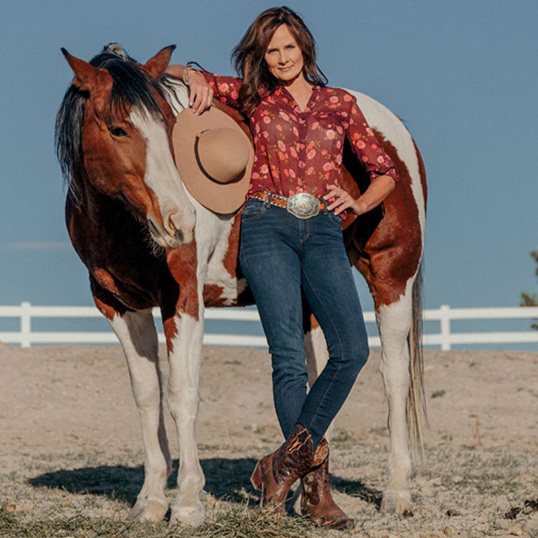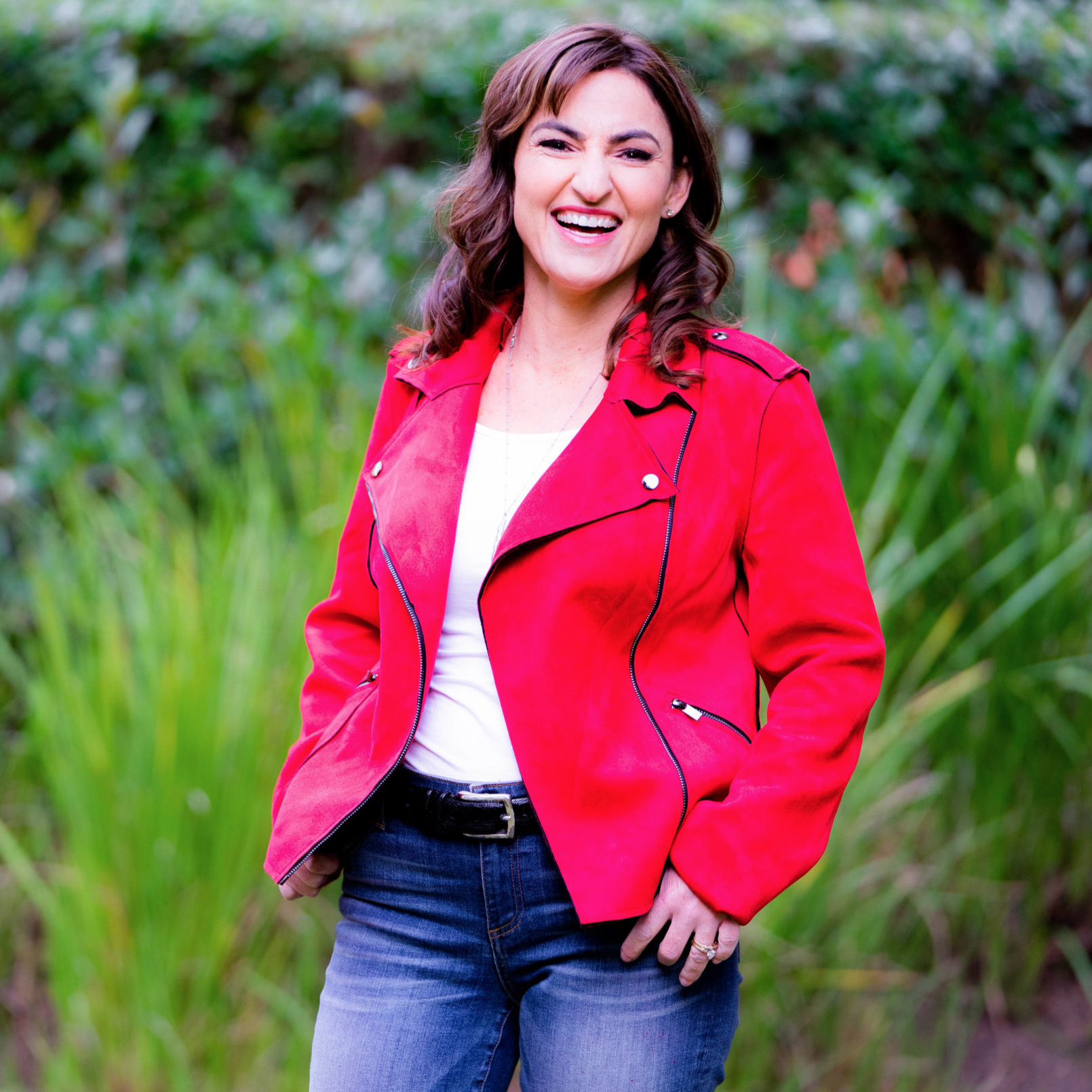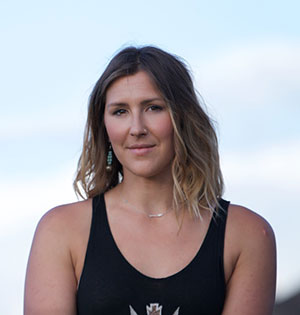JULIA LANDAUER
“If it’s both terrifying and amazing, then you should definitely pursue it.”
IN THE DRIVER’S SEAT
NASCAR CHAMPION JULIA LANDAUER
GO AHEAD AND CALL Julia Landauer strong and confident. It’s fair to call her warm and engaging, too. Just do not suggest she be modest.
“Modesty is something I find very frustrating. You need to get out there and be the best you can, and when you do, you have every right to be proud,” she says, her voice deep and resonant and sounding far more mature than her 26 years.
When a woman accomplishes something, a lot of time she’ll give credit elsewhere. Yes, you might be lucky. You might have innate talent. But you still had to work to make it come together,” she says.
“We need to encourage girls to be winners.”
Winning is a topic Julia feels comfortable digging into. The New York City native and current Charlotte, North Carolina resident is a 2-time championship winning NASCAR driver using her platform to promote STEM education and women’s empowerment.
Drive, for Julia, started early.
“I started go-karting when I was 10. Originally it was an activity my parents wanted to do with us, because it allowed their kids to all be together, and my parents were also excited about by go-karting because it allowed their girls to compete against boys at the highest levels,” she says. “My parents thought it would teach us some really cool life lessons.”
But those family outings turned into a lot more for Julia, who at age 10 won in her first season, then two years later won a championship at her local go-kart track. She realized she had more fun at the race track than she did anywhere else. And that’s when she realized she wanted to race for as long as she could.
Recognizing that their daughter had the talent to back up her interest, Julia’s parents enrolled her in the Skip Barber Racing School Series, which boasts racing greats Danica Patrick and Marco Andretti as alums, to name a few. All Julia had to do was grow.
“As soon as I hit that 5-foot mark and proved that I could control a vehicle of that size and speed, I went racing,” she recalls.
Went racing in the same way her role model Serena Williams hits a few tennis balls now and again.
Julia won 12 of the 14 races in which she competed and ended up becoming Skip Barber’s first female champion in their 31-year history. She knows that’s “huge,” to use her word. But her thoughts about that remarkable run prove that her competitive spirit, and her confidence, were already brewing.
“How can I do better? How can I win by a greater margin? How can I qualify better? For me, it’s trying to constantly improve and not get comfortable. That whole season, I really liked that responsibility and that pressure. I expected that I should be able to do that,” she says, a matter of fact. “And it was really great to totally defy everybody’s preconceived notions of what a 14-year-old girl could do.”
A few years later at Stanford University in California, Julia studied what it would take to not only drive the car, but be the brand behind it. She chose an unusual major: Science, Technology and Society. It seemed the perfect starting point for where she knew she wanted to eventually be, which is the point where technology, racing and community intersect.
“I knew I’d have to learn business, how to be an entrepreneur, how to connect with a large audience,” she says. “The business side of racing was going to be crucial, and I knew I’d need to get funding for myself.”
Julia gained the business acumen she was seeking, but her time at Stanford gave her another way to inspire others, arguably a second career off the race track.
In the spring of 2014, as a senior, she was asked to give a TEDx talk. TEDx is a program that uses live presenters and videos designed to spark conversation, and to spread ideas worth chewing on. She was so well received that the following winter, once she had graduated and moved to North Carolina, she began pitching herself as a motivational speaker. A year later she had a paid gig and an agent, and still works as a motivational speaker today. Her time on stage gives her the megaphone she craves to tell other women, especially young women, not to be afraid to compete.
“I love winning, and I think that is not something we encourage girls to say a lot,” Julia says. “Girls and women are not encouraged to be aggressive, to go out there and beat everyone else. Sports is one of the only arenas where girls specifically are encouraged to be the absolute best, to make other people losers.”
As it turned out, a race Julia did not win may have changed her course.
“There was a driver who came back to one of those Skip Barber races, and he just kicked my ass. And I didn’t know why,” she remembers. “And then I learned that he had done some oval racing, which really helped with car control. He was able to be much more in control of the vehicle. I thought, hmm, if he went into those cars and did so much better, let me do that too.”
Initially, she explained that the goal was to do one season of oval track racing, then take what she learned back to road racing. But the oval reeled her in.
“I had so much fun. You can be right next to somebody and it’s almost like a game of chicken. Who is going to catch that lucky break? It ended up being so much more fun than I thought. And there’s a bigger market for it.”
In the NASCAR K & N Pro Series, Julia became the highest finishing female in the series’ 62-year history. Its impressive, no doubt. And she understands clearly that other women – especially young women – are watching.
“I do consider myself to be a role model for women. When I hear my heroes, my role models, validate my feelings and insecurities, I think, ‘Someone else is going through that. Great! I shouldn’t feel abnormal.’ That can be really powerful, especially for teenage girls.”
But Julia’s message isn’t just for the girls. ‘Male allies’ played a big role in driving her success in the racing world, from her father at an early age, to a number of racing coaches as she kicked off her career, to the many members of the crew she leads today.
“One of my guiding principals is that society works when everyone is an active participant. So in these societal shifts, equality and men and women playing together, figuring out how to be most collaborative is important.”
Julia is a woman who is clearly comfortable in the spotlight, but she is well aware of the need for time out of the glare, too. As we’re speaking, she has just landed on the West Coast for a long weekend, in hopes of getting back to what she calls her Sunny Space: nature.
“I do a lot of hiking. (I love) to be in the mountains, with the phone off, totally tuning out and taking a break. I have a firm belief that our minds and our bodies need breaks, and we cannot be productive all the time. I find it frustrating in our culture that it is mandated, almost, even though studies show it’s totally counterproductive,” she notes.
Another way she resets is through getting out for a run, even for two or three miles.
“No matter how bad a mood I’m in, going for a run, clearing my mind, getting the endorphins up, feeling like I’ve worked physically hard… I definitely seek out scenic runs and will go out of my way to do that. It is totally calming and allows me to think.”
Julia also mentions needing as much natural light as possible wherever she’s living. And she finds comfort in having a morning routine, which for her is waking up, making coffee, and not looking at a phone or a computer for 15 to 20 minutes, which allows her to get into the headspace necessary to work. And not just show up for work, but be an ass-kicker while she’s on duty.
“I’m definitely aggressive. Two racing coaches have pointed out that the guys race me harder because they don’t want to get beat by the girl. They will block me more, they’ll be quicker to bump me out of the way rather than pass me cleanly. I’ve learned to be aggressive to maintain my spot. But I’m also very methodical, though they seem like they’d be at odds with each other,” she explains.
So, it might be surprising – or perhaps it’s comforting – to know that even after all this time, there’s not a single race that doesn’t terrify her.
“Before each race, I have the most agonizing knots in my stomach. It’s pure excitement, but fear. You work so hard every day leading up to that race, and now on that day, it’s all on the line, it’s all in your hands now.”
“But it’s a good thing. It tells me I’m mentally there and invested. Almost a nauseating level of knots! But if I don’t have them, I know I’m not there, and I’m probably not going to have a good race.”
Someone who gets into the drivers seat of a stock car and deftly handles the wheel at speeds of up to 200 miles an hour had better not be hesitant. No hesitation is what comes to mind more than once while talking with Julia Landauer. She is unapologetic that she has worked hard, studied well, can handle leading a team, and knows what she wants. More importantly, she wants other women to understand they can admit all of that, too, and be the winners they were made to be.
BY JULIE YELEN
Photo Credits
White Race Suit - Photographer Lauren Wagner
Inside Car Head Shot - Photographer Cait Opperman
One Love Car Shot - Getty Images







